-
Posts
2.300 -
Joined
-
Days Won
23
Posts posted by Nescio
-
-
12 hours ago, Shiyn said:
Hayo 0AD!
Here is a scrap for a not very simple UI.
Adapted it from some previous design made for AOE3.
Sadly for now i have no idea how to implement this, so its pretty much eye candy.
(Feels like this would fit well for 1000 AD thou).
Any critizing and opinions are welcome!Yes, your mock-up looks aesthetically more pleasing than what 0 A.D. currently has. However, 0 A.D.'s GUI is designed to work at a minimum width of 1024px. I have a 3840px screen, but I've set 0 A.D.'s zoom at 2.0 and I often play at half a screen, thus my effective resolution is actually 960px. Your mock-up seems to be wider than the current GUI, therefore it'll probably be problematic for lower resolution screens.
You can browse the relevant files at https://trac.wildfiregames.com/browser/ps/trunk/binaries/data/mods/public/gui/session (Editing GUI files can be a bit frustrating, though.)
Probably the best approach would be to turn your idea into a mod, play around with things, try it at different resolutions, and if it works, ask others to test it. Afterwards you could propose it then to have it integrated in 0 A.D.'s main distribution.
-
 4
4
-
-
44 minutes ago, Itms said:
Yes of course, the signature helps ensuring that the mod was not tampered with by anyone, so changes will make the signature invalid and it will have to be updated.
Thank you for the quick clarification.
-
Sounds interesting.
12 hours ago, Itms said:One last thing for the modders among you: we have added a security step in order to make sure 0 A.D. will not download broken and/or malevolent mods from mod.io. In order for mods to be available for download in 0 A.D., they will need to be signed by the team. Contact us when you are ready to publish your mod, we will test it, sign it and give you the signature to put online. Your mod will be approved and available in 0 A.D. after that.
Mods are not static. If someone updates a mod, does he have to reapply every time for a signature?
-
 1
1
-
-
Syracusae was the largest, most powerful, and, reportedly, the most beautiful of all Greek city states. It was the archenemy of Carthage for centuries (Rome was a relative latecomer, originally a minor Carthaginian trade partner and ally); both cities attempted to conquer all of Sicily and dominate trade in the Western Mediterranean; Carthage and Syracusae launched several (unsuccesfull) attempts against each other, and repeatedly besieged. They were also frequently at war with the other Greek cities on Sicily, which frequently changed their allegiance.
During the Peloponnesian War, Athens, always eager to expand its influence, invaded Sicily with the intention to conquer Syracusae, a perceived Spartan ally. The army they sent was much larger than any Athens ever fielded; nevertheless, Syracusae annihilated it; the Sicilian Expedition was a turning point in the Peloponnesian War; this enormous defeat in Sicily resulted in Athens losing the greater war in the end.
Syracusae probably peaked under the Dionysius. During his reign engineers, artists, and philosophers from throughout the Greek world gathered at his court; Plato was one of them. Also, the quadrireme was adopted and the quinquereme and sexireme were invented in Syracusae. Furthermore, artillery designs (ballista, catapult, gastraphetes, etc.) were perfected and started being used.
Archimedes, the greatest scientist of antiquity, was a Syracusean native and lived all his life there. He was reportedly killed when Rome conquered the city in 212 BC after a years' long siege.
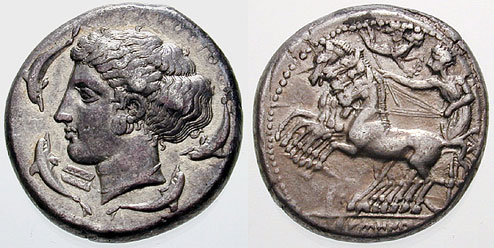
A typical coin of Syracusae, displaying Arthusa and a quadriga.
Massilia was not as famous as Syracusae, but it certainly was the most important city along the Gulf of Lion. A significant portion of trade between the Gaulish and Greek worlds went via Massilia. It lost its independence when it was conquered by Caesar in 49 BC.
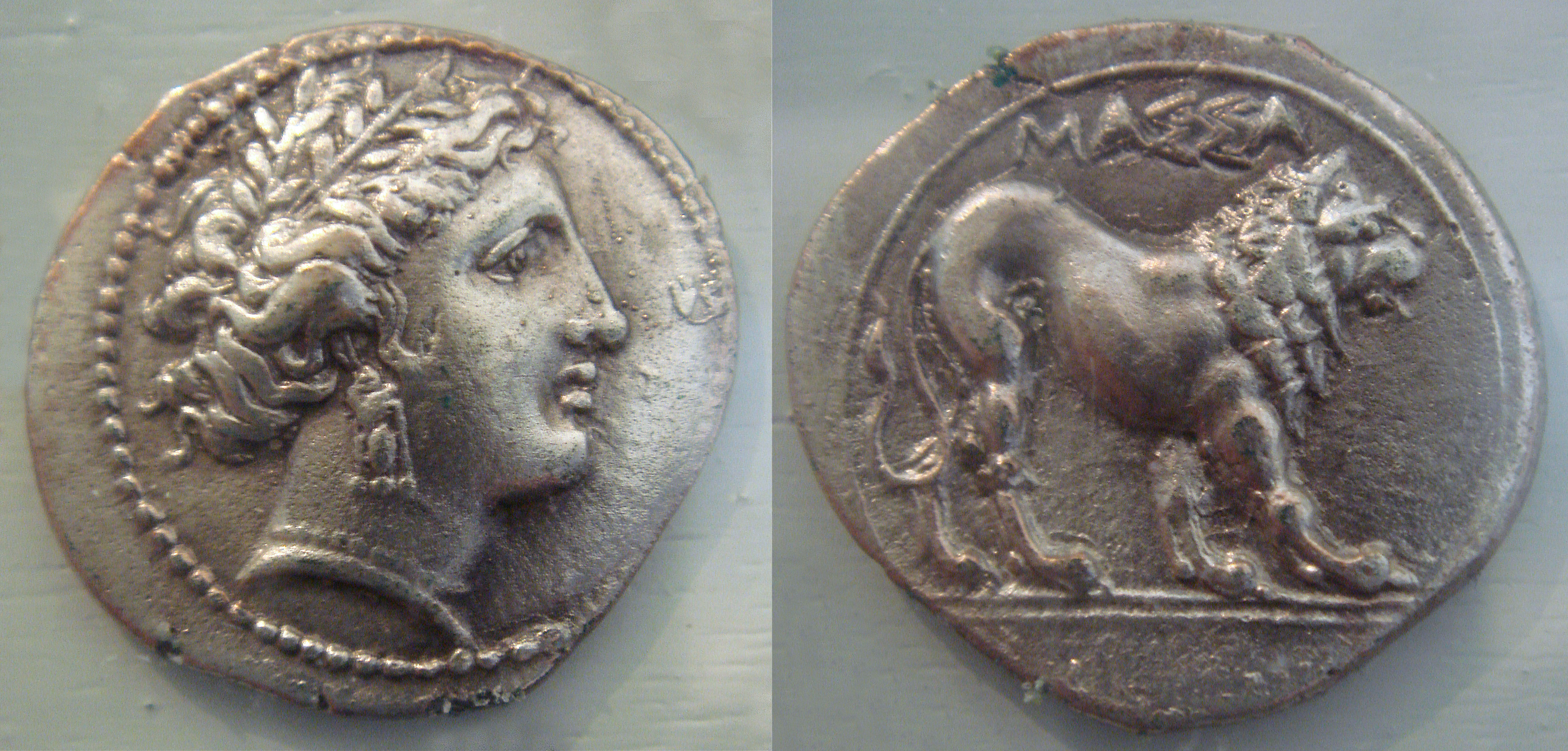
A Massilian coin, displaying Artemis and a lion.
-
 4
4
-
-
39 minutes ago, Alexandermb said:
Aachen Cathedral, the topmost structure, shouldn't be used. Only the central octagon is Carolingian, but you can't see it here, because it's obscured by the later (14th C-20th C) additions.
Also, the straw (?) roofs of the frontal and central structures look quite dark; perhaps they could be made lighter?
1 hour ago, stanislas69 said:The text on diet is interesting, the drawing of those buildings is even more interesting, but what I personally find most interesting, is the size of those animals in Carolingian times compared to now; it's something everyone should be reminded of from time to time; thanks for sharing!
-
 3
3
-
 1
1
-
-
2 hours ago, wackyserious said:
Unfortunately, no, I have no idea how Medieval helmets are called, although my guess is most names are merely descriptive terms coined in the 19th or 20th C.
2 hours ago, Tomcelmare said:@Lion.Kanzen Sorry pal, my mother tongue is french, and we say "art roman", that's why I've written "roman style" without further check...

In English something is called Roman if it's constructed by the Romans (in Western Europe it thus ends in 5th C AD) and Romanesque if it's in the Roman-derived style which started somewhere around the year 1000 (depends who you ask). Of course, such terms are arbitrary modern conventions; Medieval European architecture basically forms a continuum: Roman, Post-Roman, Pre-Romanesque, Romanesque, Gothic, Renaissance.
2 hours ago, Tomcelmare said:@Nescio I don't think there's any existing pure example of carolingian architectural style nowadays, so it's a start...
True, about all Carolingian structures have been replaced during the centuries that follows, although occassionally elements have survived, the most famous is probably the palatine chapel in Aachen, which forms the core of the cathedral. The best preserved example of Carolingian architecture I know is the design of a monastry that was never built: https://en.wikipedia.org/wiki/Plan_of_Saint_Gall
-
14 minutes ago, Tomcelmare said:
Other examples of frankish churches (roman style):
Collegiate church of Saint Gertrude, Nivelles (Belgium)
Yes, the abbey was founded in the 7th C. However, the current church is 11th C with later additions, e.g.
18 minutes ago, Tomcelmare said:the façade is late 12th C, but the central octagonal and the two smaller turrets are late 20th C.
-
1 hour ago, Sundiata said:
Ok, so let me just remark that the silliness of discussing "genocide" in the ancient world is not lost on me... The term came into existence in 1944...
Yes, the term genocide was coined only in 1943, however, with specifically the archetypical Armenian (and Assyrian and Greek) genocide(s) of 1915-1923(?) in mind, therefore applying this modern concept retrospectively is not inappropiate.
1 hour ago, Sundiata said:On another note, the examples discussed here are only some of the more clearly documented events. The majority of genocides in the ancient world would not have even entered the records, simply because the whole point of genocide is to erase a people...
No objections. History is written by the victors and only a tiny fraction of it has survived.
Nonetheless, mass murder is not necessarily genocide. Intentional ethnic cleansing is. I don't consider just being at the wrong place at the wrong time, e.g. Ieper/Ypres, Dresden, or Nagasaki, genocides; would you? Don't you think the broad way you seem to apply the term could make almost all sieges, bombings, colonizations, military campaigns, etc. genocides? If a term can be applied to about everything, it becomes rather meaningless. Therefore I favour a narrower application of the term genocide.
-
Apparently my definition is somewhat narrower than yours. Manslaughter, murder, and capital punishment are all different things, even though in each of them a person dies. The disappearence of a people is not necessarily genocide.
The reason I called 146 BC exceptional, is because in these cases, the intent is clear. The Roman senate decided Carthage and Corinth were to be destroyed, gave Roman allies bordering those two targets carte blanche to provoke them, to grant Rome a casus belli, and subsequently Roman armies were dispatched with the destruction of those cities as the objective.
2 hours ago, Sundiata said:Servius Sulpicius Galba's massacre of the Lusitani in 150 BC is a pretty blatant example of a Roman committed genocide... 10.000 dead, 20.000 sold into slavery....
Even according to Roman standards, what Galba did was wrong. Upon his return to Rome, he was charged for the atrocity he committed, but he bribed his way out. Later, as a consul, he was not allowed to return to Hispania when he tried to gain command of the Roman army there.
Nevertheless, it could be argued Galba committed genocide.2 hours ago, Sundiata said:Murdering the living daylights out of the Atuatuci after they rejected Roman domination and counterattacked in a last desperate gasp for freedom, and then selling 53.000 survivors in to slavery is another compelling example...
The Atuatuci were besieged by the Romans, they surrendered, opened their gates, handed over some weapons, and Caesar recalled his soldiers in the evening. However, the Atuatuci then launched a night attack on the Romans, during which many were killed, the Romans won, and retook the city. The survivors were sold into slavery.
The sale of prisoners of war as slaves was common practice. As a consequence tribes could die out, yes. However, there is a difference between "to destroy that people, let's enslave them" and "we now have these prisoners of war, let's sell them". Was it Caesar's intention to destroy the Atuatuci? Not really, therefore I won't call it genocide.
2 hours ago, Sundiata said:lol, actually it does... The wholesale destruction of a community, with intent, is the definition of genocide...
Nobody "accidentally" sells an entire town or city into slavery...
Correlation does not imply causation.
If women are prevented from getting pregnant and giving birth, to make a population to die out, then it's genocide. If, on the other hand, all the men left on a military campaign and failed to return, and as a consequence their women did not have any more children, then it's not.
Likewise, if crops were deliberatedly destroyed with the intention to cause famine to exterminate the enemy, then yes, it's genocide. If, on the other hand, all the men were fighting and had thus no time to work the land, with the result that there was no food next year, and their people starved, then no, it's not genocide.2 hours ago, Sundiata said:Completely not taking into account that "Gaul" is a Roman invention, that says next to nothing about the actual cultural and political nature of the tribes and states existing in Gaul... Celts have a shared culture and language, to a degree, sure, but identified themselves primarily by tribe. Caesar and everybody else knew these tribes, their political disposition, and knew what the results of marching legions into their homelands would be. They specifically targeted some of these tribes for wholesale destruction. Through murder, enslavement and deportation, as well deforestation, burning of settlements and farms. Textbook examples of genocide...
I use "Gaul" as a shorthand for "the area inhabited by various Celtic tribes that was gradually conquered by the Romans and eventually became the provinces of Gallia and Belgica". I certainly did not intend to imply it was a single political entity before the Romans, nor do I claim its inhabitants self-identified (primarily) as Gauls or Celts.
Tribes that opposed the Romans were targeted, yes, but were they targeted because of their tribe (genocide) or because they opposed the Romans? Hard to say and hard to separate the two.
To summarize, many things might be interpreted as genocide, but then again, they also might not. And innocent until proven guilty

-
 1
1
-
-
@Alexandermb, military intervention often makes things worse (e.g. Libya, Yemen), unfortunately.
-
 2
2
-
-
1 hour ago, Sundiata said:
@Nescio I have a very strong preference for using dictionary definitions of words... Genocide doesn't mean the total destruction of a people, as many think.. There are still 3 million Tutsis, for example..
Yes, me too. I'm fully aware of the difference. Whether or not the genocide succeeded is irrelevant, however, what matters is the intent. If the extermination of a people is deliberately planned and started, it is genocide, even if actually only a handful are killed. If, on the other hand, there is no intention of wiping out a people, then it is not genocide (even if they do disappear).
The Romans were involved in many campaigns and wars in a timeframe of several centuries, and as a consequence possibly millions died. They have razed numerous settlements to the ground, yes. However, their body count is irrelevant. I'm questioning whether those death tolls were intentional. In the case of 146 BC, yes, it was the intention of Rome to destroy Carthage and Corinth, so calling it genocide is justified here. However, these two cases were exceptional; I can't think of any other instances of genocide.
Take, for instance, Caesar's conquest of Gaul. Did numerous Gauls die as a consequence of his actions? Yes. Was it his intention to exterminate Gauls? No. He wanted to pacify Gaul, expand Rome's borders, win himself a glorious victory necessary for his career, enrich himself along the way to pay off his debts from his election campaigns, etc. Many Gaulish tribes were allied with Rome, and many Gaulish tribes chose or were coerced to ally with Vercingetorix and oppose Caesar. Atrocities were committed by both sides. Vercingetorix razed many towns himself and forced many Gauls to migrate in order to prevent them from falling in Roman hands. If a hostile settlement surrended to Caesar, it was spared though often plundered; if it resisted and was taken by force, it was razed and its population enslaved; that doesn't make it genocide. Over the course of the Gallic Wars a significant part of Gaul's population died, many because of starvation, since prolonged warfare disrupted food production and led to chronic shortages. However, as far as I am aware, there is not any evidence that the Romans did intend to wipe out the Gauls; therefore it's not genocide.
-
And another discussion has started, great, we both like nitpicking, so here we go again:
57 minutes ago, Sundiata said:@Nescio, mostly true...
except:
"Occasionally" he says... lol, just playing, but seriously, Romans did more than just the "occasional mass murder"... lol...
The Romans were certainly not always nice and friendly, however, mass murder and genocide are two different things. Caesar's conquest of Gaul caused the death of a large part of its population, however, it was not genocide. The closest thing to genocide committed by the Romans I can think of is the destruction of Carthage and Corinth in 146 BC; the "classical example" of the Jews is actually a rather poor one; if you have any better examples, please let me know.
57 minutes ago, Sundiata said:Entire regions were depopulated...
Examples, please
 57 minutes ago, Sundiata said:
57 minutes ago, Sundiata said:More cultures and languages went extinct during the Roman occupation than any other period in European history (I think).
"Roman occupation", interesting; how would you define that? And where would you say it starts and ends? To me, occupation is something provisional. On the other hand, the last Roman Empires ceased to exist in 1917-1922 AD. (And Roman Catholicism still continues to exist.) Languages evolve and disappear, cultures change, that's natural, so if you take a large area with a high diversity in a long timeframe, yes, a lot will be gone. But is it genocide?
Yes, expansion and conquest went hand in hand, but romanization was achieved mostly by peaceful means and happened gradually. Local leaders were given Roman citizenship, local gods received Roman temples, Roman coinage spread Roman propaganda, local tribes supplied men to fight for Rome as auxilia, trade were integrated, trade volume intensified, etc.
I'm not saying the Romans were not brutal (according to our modern standards), however, genocide is something different.
-
 1
1
-
-
4 hours ago, Sundiata said:
But seriously though, Romans were genocidal maniacs... Most Imperial civilizations actually...
Retrospectively, yes, human history is rich in genocide - and it's still happening right now in Myanmar and elsewhere. However, I wouldn't correlate genocide with empires. Assyrians, Mongols, the USA, yes, their expansion often went hand-in-hand with committing genocide. On the other hand, the Achaemenids, Abbasids, Habsburgs, and many (perhaps most) other empires were quite tolerant and non-genocidal. As for the Romans, yes, they occassionally committed mass murder, but I wouldn't call them genocidal, nor maniacs. Mao Zedong would be a better a much better example of a maniac; his “Great Leap Forward” directly caused the death of perhaps 50-100 million, far more than all world wars combined.
EDIT: I see Sundiata has posted again while I was writing the above.
-
 1
1
-
-
10 minutes ago, Lion.Kanzen said:
Britannia and Gaul 500 BC-1000 AD.
There are over a hundred species of ducks and geese around the globe, and several are widespread throughout Eurasia; they were eaten in Egypt, Greece, and Europe long before the introduction of the chicken (and still are). 0 A.D. really needs many more animals, including birds. But let's not be overtly ambitious, and just list a few of the most common in Western Europe:
Mallard (Anas platyrhynchos):

Eurasian common coot (Fulica atra):

Eurasian common teal (Anas crecca):
_(20240900620).jpg.b6c7c12cf78dc59880e0f7a511720e4e.jpg)
Eurasian common moorhen (Gallinula chloropus):

Greylag goose (Anser anser):

Mute swan (Cygnus olor):

(Images are from Wikipedia.)
-
 2
2
-
-
23 minutes ago, stanislas69 said:
I could add ducks to the animal lists. Maybe @Nescio would know how common those were.
Ducks? What kind of ducks? When and where?
-
Yes, the red-gold-green pan-African colours originated in Ethiopia. And it's no coincedence the African Union is headquarted in Addis Ababa.
49 minutes ago, Sundiata said:Dude, he's talking about the colours of the flag carried by Rastas/Reggae artists...
Sorry for interrupting then, apparently I misunderstood.
1 hour ago, Lion.Kanzen said:I need use this graphic style in a gift card certificate by an US American restaurant
-
 2
2
-
-
2 hours ago, Lion.Kanzen said:
An off topic theme, no but be careful with thematic. no controversial.
Somebody know what's means Reggae color, I know is African but what mean. I'm designing some gift card but I want to know the historical background.
Actually reggae is not African, it's Jamaican; its colours are black, green, and gold, the colours of Jamaica's flag. https://en.wikipedia.org/wiki/Flag_of_Jamaica#Design_and_symbolism gives several interpretations of the meaning of those colours.
-
14 minutes ago, stanislas69 said:
I wonder if the rights of LOTR will come in the public domain at some point ? In France I believe it's something like 70 or 100 years.
In the EU and the USA it's 70 years after the year the artist died; in some other countries it's up to 100 years. J. R. R. Tolkien died in 1973, therefore his works will enter the public domain in most of the world on January 1, 2044.
However, many of his books were published posthumously and edited by his son Christopher Tolkien, who's still alive. Also, translations typically belong to translators, illustrations to illustrators, films to film directors. Alan Lee and John Howe are two artists responsible for the majority of "authorised" Tolkien art, and they're both alive as well. Etc.
-
 3
3
-
-
35 minutes ago, Imarok said:
Uh, that definitely dependa in your country...
Yes, copyright, intellectual property, and fair use laws vary from country to country.
And no, only the form how you express something, if original, is protected by copyright, not the ideas themselves.
-
2 hours ago, feneur said:
It is indeed an area with a lot of uncertainty, but that's really more of a reason to err on the side of cautiousness

In the dictionary I have on my shelf they are certainly both included, so any distinction he used is more of a curiosity I'd say =)
No, it's not merely a curiosity, it's an example of the profound influence Tolkien has had on our popular culture and language. Many fantasy games and books started using "dwarves" instead of "dwarfs", after Tolkien. Dictionaries are descriptive, not prescriptive, therefore "dwarves" is nowadays included as an alternative plural. (Also, the folklore and fantasy meaning of dwarf is now commonly listed before the "an abnormally small person" entry.) Likewise "hobbit" and "orc" have entered the dictionary. By writing "dwarves" you showed you yourself are influenced by the works of J. R. R. Tolkien, without realizing it.
However, words are not copyrightable, nor are concepts or ideas. Tolkien's "mithril" has been included in possibly hundreds of games, including Age of Mythology, and there is a Noldor ship in 0 A.D. Erring on the safe side is often sound advice, but one can err too much, and limit oneself unnecessarily. A lot more is legal than many people assume or claim.
-
15 minutes ago, Lion.Kanzen said:
That's a beautiful bird on a beautiful coin! Now look critically at:
1 hour ago, Sundiata said:@Nescio, eyes and a little bit more curvature.
If the emblem would look in detail like the coin I would not object. However, it does not. Can you see the difference?
-
It depends what they include and what they do with it. Not everything is copyrightable. Nor is it always clear what can be licensed and what isn't covered.
28 minutes ago, feneur said:Dwarves are generic enough, but when it comes to the look it depends on how unique they are, and that would most likely be too complicated to just say "this is legal" or "this dwarf is too similar to the LotR dwarves", so it would have to be decided in a court.
Be careful with your spelling! Let's quote the philologist J. R. R. Tolkien himself:
In English the only correct correct plural of dwarf is dwarfs, and the adjective is dwarfish. In this story dwarves and dwarvish are used, but only when speaking of the ancient people to whom Thorin Oakenshield and his companions belonged.
-
(And let's assume it's an aquila heliaca):




(This one is also spectacular):

-
13 minutes ago, Sundiata said:
@Nescio, hmmm, I looked at like a bajillion Ptolemaic eagles from their coins and it's all kind of the same strict iconography that I followed literally. The references are in the original post... In the majority of the coins, the talons are all angled weirdly like that. Maybe that's why he's so angry? It's just a bit of an awkward eagle... It's up to you guys...
Well, I agree the eagle's talons on those Ptolemaic coins are not always clear, however, I believe the idea is that it has two or three fingers pointing forward and one backwards around Zeus' thunderbolt. The eye is also quite prominent, sometimes. A few examples of varying quality:
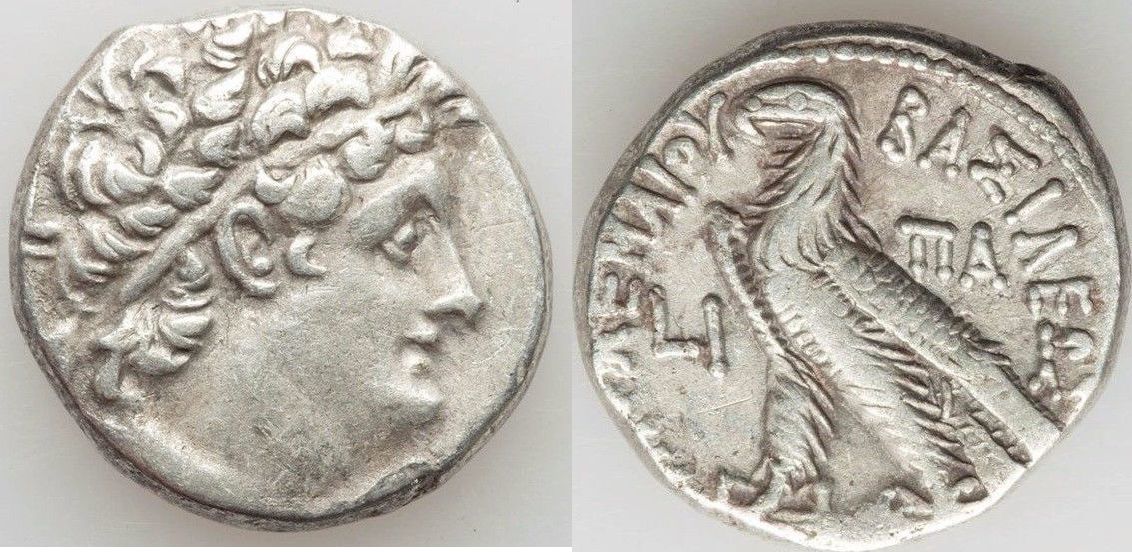
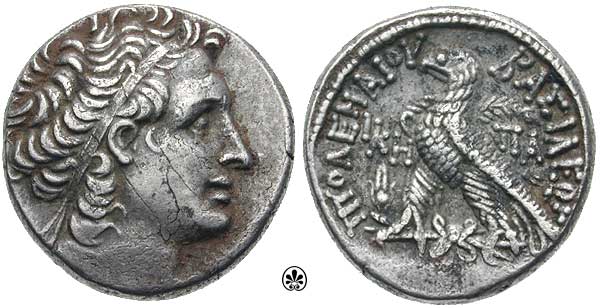
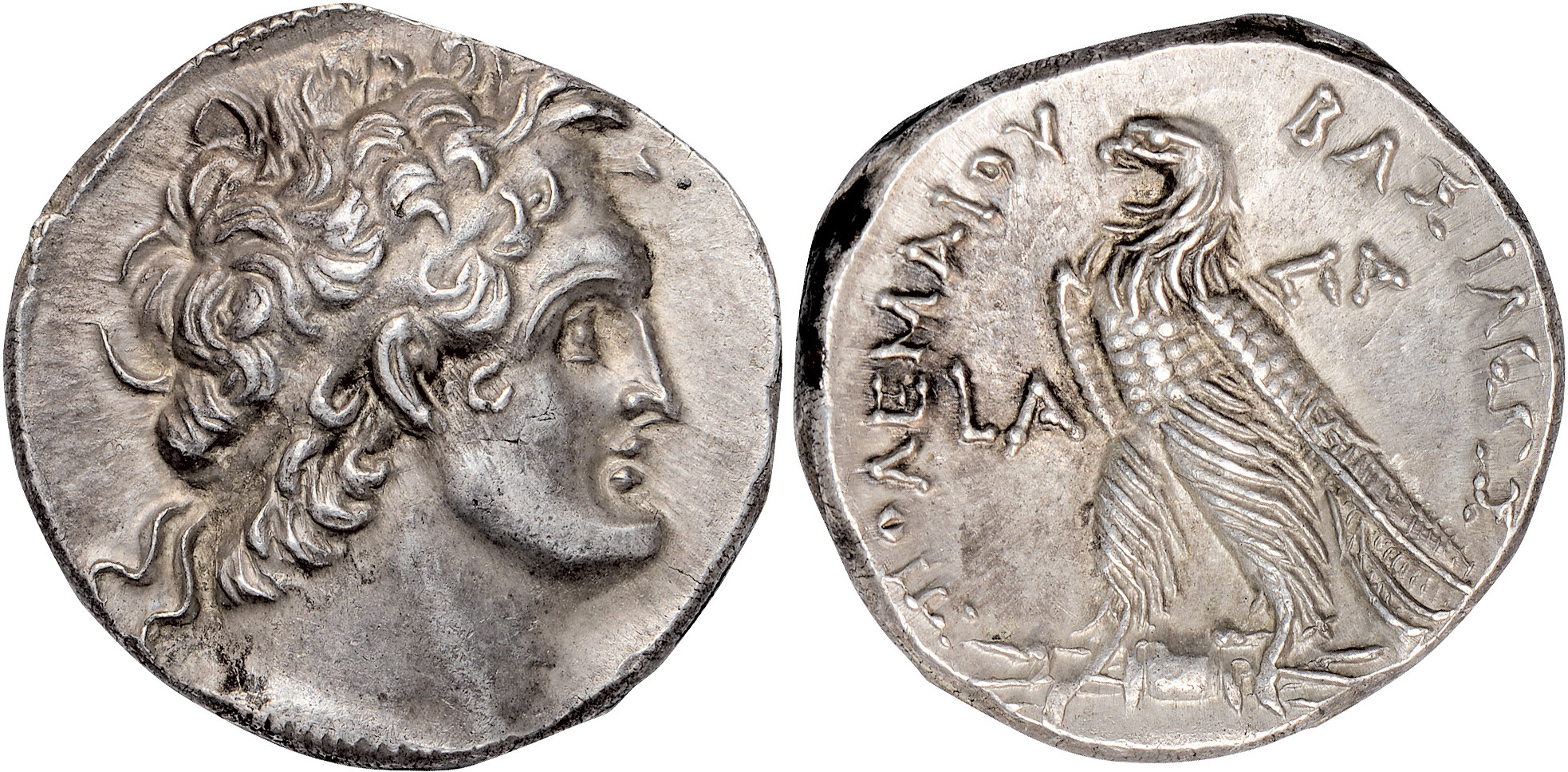
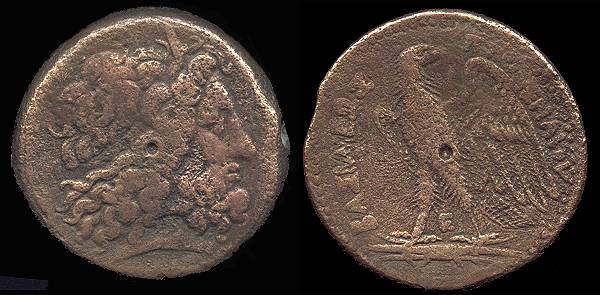
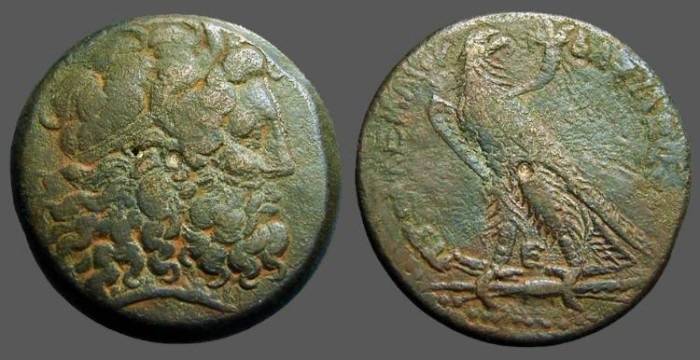



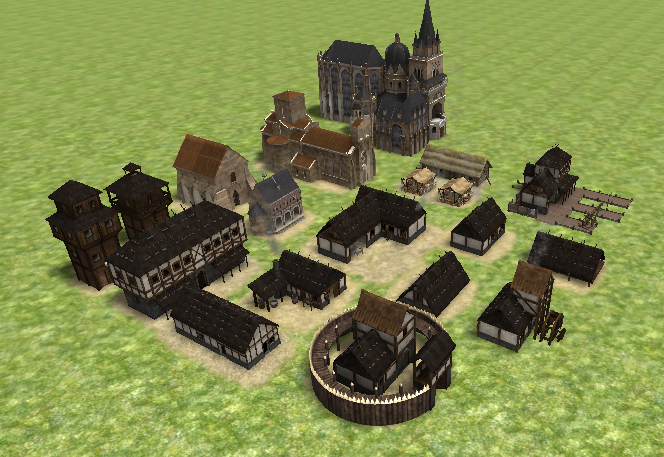
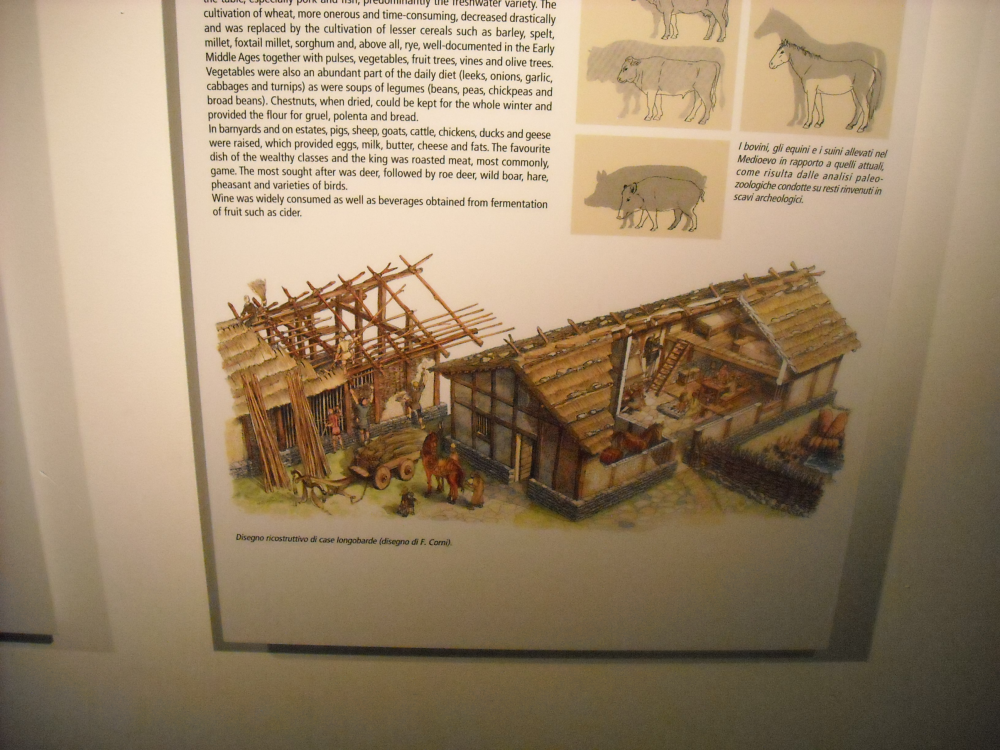

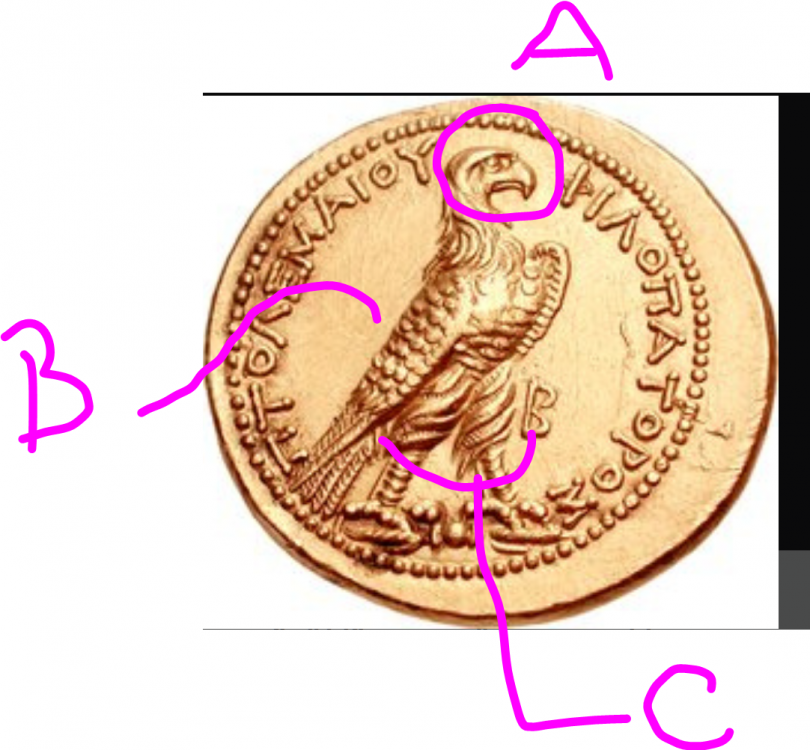

[NOT] Just Another UI
in Game Modification
Posted · Edited by Nescio
ce
Fedora 27, at 100% OS zoom. However, 0 A.D.'s GUI scale is set to 2.0; at half a screen it looks like this:
So basically my screen is 3840×2160, and I use it at 1:1, as you can see, but 0 A.D.'s GUI is effectively limited to a width of (3840/2)/2=960 pixels, which is less than 1024, thus a bit is missing at the left and right.